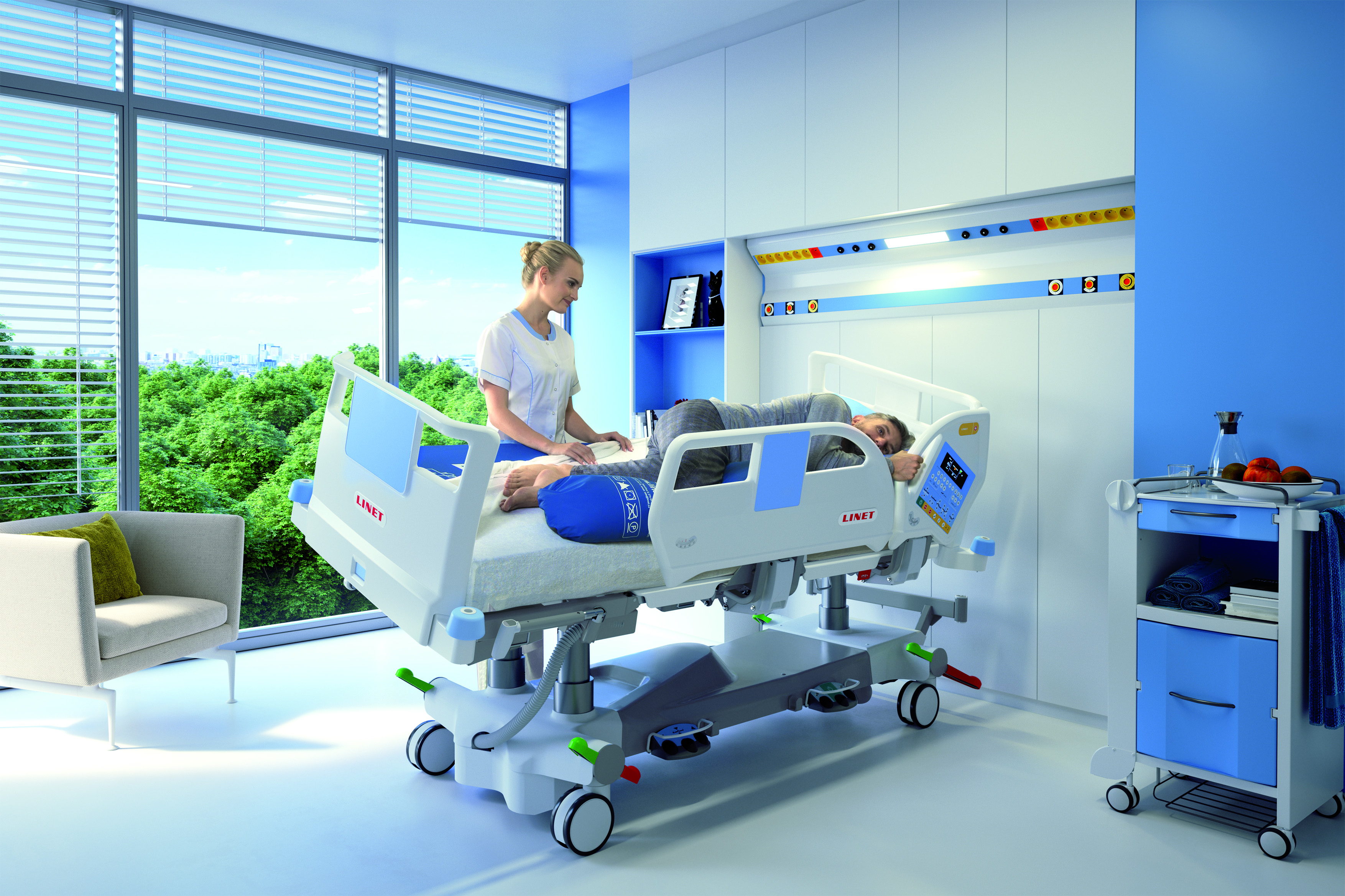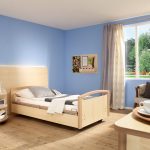The proper shifting of a bedridden person is not just for relaxed lying and well-being. It can also prevent so-called secondary events such as bedsores. Bearings should promote movement, take care of skin and tissue and prevent falls. Therefore, this article is concerned with aspects of activation as well as fall and decubitus prophylaxis.
Activating aspects
To move actively in bed, the headboard is flattened. Then the patient is asked to put up his legs and shift the weight to one side. In this situation, he can push himself with his feet towards the head end and then turn on his back again. After this movement leads the patient expressing his body with his other half of the body. These movements are alternately performed on the right and left sides until the desired position is reached.
Aspects of fall prevention
A high risk when moving in bed is that the patient is off swinging so he can fall out of the bed. To facilitate work, the bedside parts are lowered during the nursing activities. If the patient is being cared for by a nurse alone, the opposite side of the bed should be raised for safety reasons. Since the caregiver is in the room, it does not matter if it is a continuous or a patchy bedside part. With regard to bedside parts, it is important to ensure that the patient has his arms, Do not push legs or his head by strutting the side of the bed and doing so injured. Bedside panels can help prevent this danger for sure.
Aspects of decubitus prophylaxis
The quality of nursing care for a patient in the nursing bed depends on skin and tissue-conserving movement, storage and transfer techniques. In particular, it emphasizes the regular movement of those affected, including the promotion of their own movements. If individual types of storage are used passively, immobility is promoted. It is important to activate the patients as much as possible. If a change of clothes is associated with the care operation of the repositioning at the same time, even more sensitivity for the patient is required. Bearings and movements are from the individually experienced, assessed and answered individual patient.


